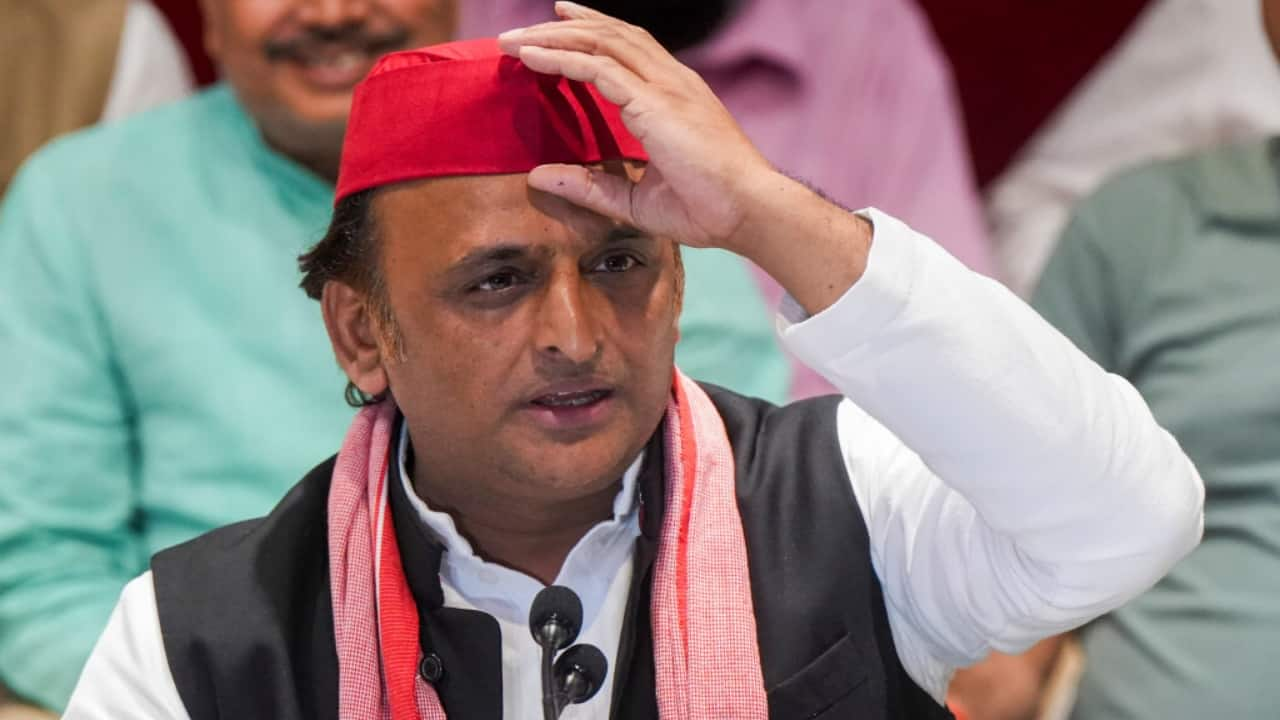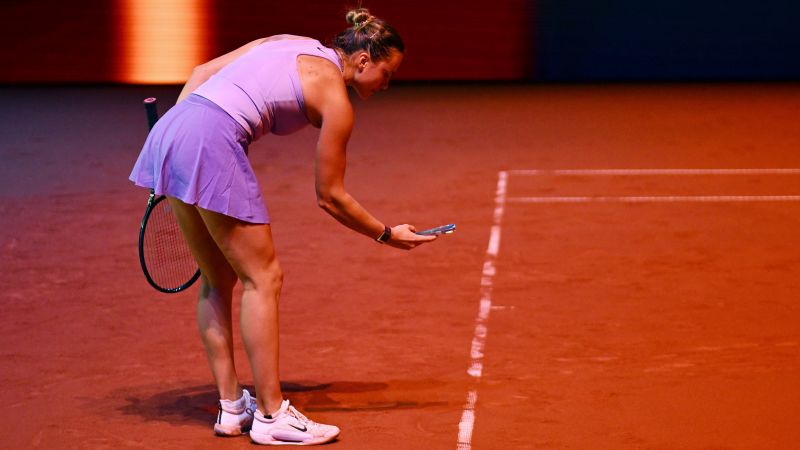window.rapplerAds.displayAd( "middle-1" );window.
rapplerAds.displayAd( "mobile-middle-1" );Party-list representatives account for almost 20% of Congress, yet a significant number of Filipinos consistently skip voting for one or have their votes invalidated during elections.Data from the Commission on Elections (Comelec) shows that the percentage of invalid or blank votes for the party-list race consistently exceeded 28% of the total votes cast in the last four national elections.

Votes can be deemed invalid, at least in this context, if a person votes for more than one party-list group. This is called “overvoting” since the 1987 Philippine Constitution mandates that a registered voter can pick only one group among candidates. The highest percentage of blank or invalid votes was recorded during the 2019 midterm elections.
At least 41.04% of the total voter turnout — 19.4 million out of 27.
9 million — either did not vote for a party-list group or had their votes rejected. The most recent polls in 2022, meanwhile, saw over a third of those who participated — 34.39% — either leaving the party-list group portion blank or their votes being deemed invalid.
Voter participation in the party-list race was more robust in earlier elections and far from the near-50% levels seen recently. In 2004, for example, the Comelec recorded only 3.93% of the total votes recorded as invalid or blank.
This was the election following the 2001 Supreme Court decision that effectively said the party-list system should cater to marginalized sectors in the economic sense. The High Court said that it is “such one tool intended to benefit those who have less in life” and “gives the great masses of our people genuine hope and genuine power.” The percentage of blank or invalid votes for the party-list race, however, rose to 46.
68% just three years later or during the 2007 elections. The years that followed — 21.12% in 2010, 28.
76% in 2013, and 28.02% in 2016 — showed some stabilization but no clear return to early numbers. Must Read Party-list groups hit campaign trail as 2025 race to Congress begins Varying participation in the 2022 electionswindow.
rapplerAds.displayAd( "middle-2" );window.rapplerAds.
displayAd( "mobile-middle-2" );Rappler’s analysis of province data will focus on the fill-up rate or the percentage of votes that were deemed valid in the party-list race. This, simply put, is the number of people who voted for a party-list group out of the total number of people who went out to vote.Comelec data shows varied levels of participation across provinces during the 2022 elections.
Many provinces hovered between 50% to 70%. This means that while voter participation was generally strong, it wasn’t consistently high across the board.Most cities in the National Capital Region posted high percentages of valid party-list votes.
Leading the list is Valenzuela City with an 80.06% fill-up rate, closely followed by Marikina with 80.02%, Makati with 79.
24%, and Quezon City with 78.22%. Sulu, meanwhile, emerged as the province with the highest share of valid party-list votes at 89.
18%. It is the only province that registered a fill-up rate of more than 80%. This number is a notable outlier compared to its neighboring provinces in the Bangsamoro Autonomous Region in Muslim Mindanao.
For example, Lanao del Norte logged only 44.16%, while even relatively higher-scoring areas like Maguindanao and Basilan registered a below-61% fill-up rate. In contrast to these high numbers, Negros Oriental and Siquijor registered the lowest fill-up rates with only 45.
22% and 45.31% of total voters for the party-list race, respectively. Must Read Powers and Duties: District Representative, Party List Representative in the Philippines What’s the problem?Party-list representatives, together with district representatives and senators, make up the legislative branch of government.
They draw up proposed bills that ideally should address issues faced by their constituents. Each winning party-list representative — from sectoral parties, sectoral organizations, or political parties — may serve a maximum of three consecutive terms.But the Democratic Insights Group (DIG), a think tank focused on promoting electoral competitiveness and voter-centered processes, highlighted the fill-up rate for the party-list race as always being the “lowest among all elective positions.
” Several factors may contribute to this low participation, DIG co-founder and former National Citizens’ Movement for Free Elections executive director Telibert Laoc told Rappler on Friday, April 11. These include voters’ lack of knowledge about the candidates, feeling overwhelmed by the numerous choices, or being unable to identify with any of the candidates. Some voters also perceive the position as being less important than others.
The placement of the party-list options on the opposite side of the ballot may also be adding to the confusion. window.rapplerAds.
displayAd( "middle-3" );window.rapplerAds.displayAd( "mobile-middle-3" );The sample ballot for the 2025 elections shows the 156 party-list groups arranged across four columns with 39 groups in each column.
The same four-column format was used during the 2022 polls. The decision to place the party-list groups on the second page of the ballot was first implemented during the 2019 elections. Prior to that, the candidates for this position were listed on the first page of the ballot which made them more prominent and accessible to voters.
Placing the party-list section on the second page has been a point of discussion among electoral process groups. Some argue that this move — combined with the crowded format — contributes to voter confusion and lower participation in the party-list race.LONG LIST.
Sample ballots from 2016 to 2025. Screenshots from ComelecData-driven electoral process educationThe fill-up rate for party-list elections could serve as a valuable benchmark for assessing the effectiveness of election administration, according to Laoc. The success of election management, after all, can be partly measured by how well voters understand and engage with the party-list system.
“If participation is low, what did political electoral information efforts do? Were they effective? What message did the people receive?” he said in Filipino. “I think that’s a valid basis for performance of election management.” Beyond the numbers lies the bigger issue of how electoral education funding translates into voter behavior.
Laoc suggested the need to tailor efforts and messages to different voter groups, especially those who may struggle with access or comprehension. But to make this possible, there must also be an improvement in how data is collected in relation to elections. More detailed data can then help both government agencies and civil society organizations to better focus their efforts on educating the public and addressing specific gaps in voter understanding.
“In the next election, what kind of message should we deliver to the people so that the fill-up rate for the party-list increases? So that’s where we really tweak and it’s no longer basic election administration,” Laoc said. “Data can drive their focus [and] we get them to collect more data so they will find relevance in efforts that they do,” he added. There are 155 groups aiming to win at least one of the 63 seats in the House of Representatives reserved for the party-list system.
Voting for party-list groups is also different from the other elected positions. A registered voter will only select a party and not a specific nominee. The Comelec, after the polls, then adds up all the votes for party-list groups.
A group wins one seat in the House for every 2% of the total votes it gets. It can, however, get only three seats at most.As the 2025 elections draw closer, the question remains: will more Filipinos recognize the power of their party-list vote? – Rappler.
com.
Business

Why are Filipinos not voting for a party-list group?

Comelec data shows that at least 34.39% of the total voters who turned out in the 2022 elections either left the party-list section blank or cast votes deemed invalid














